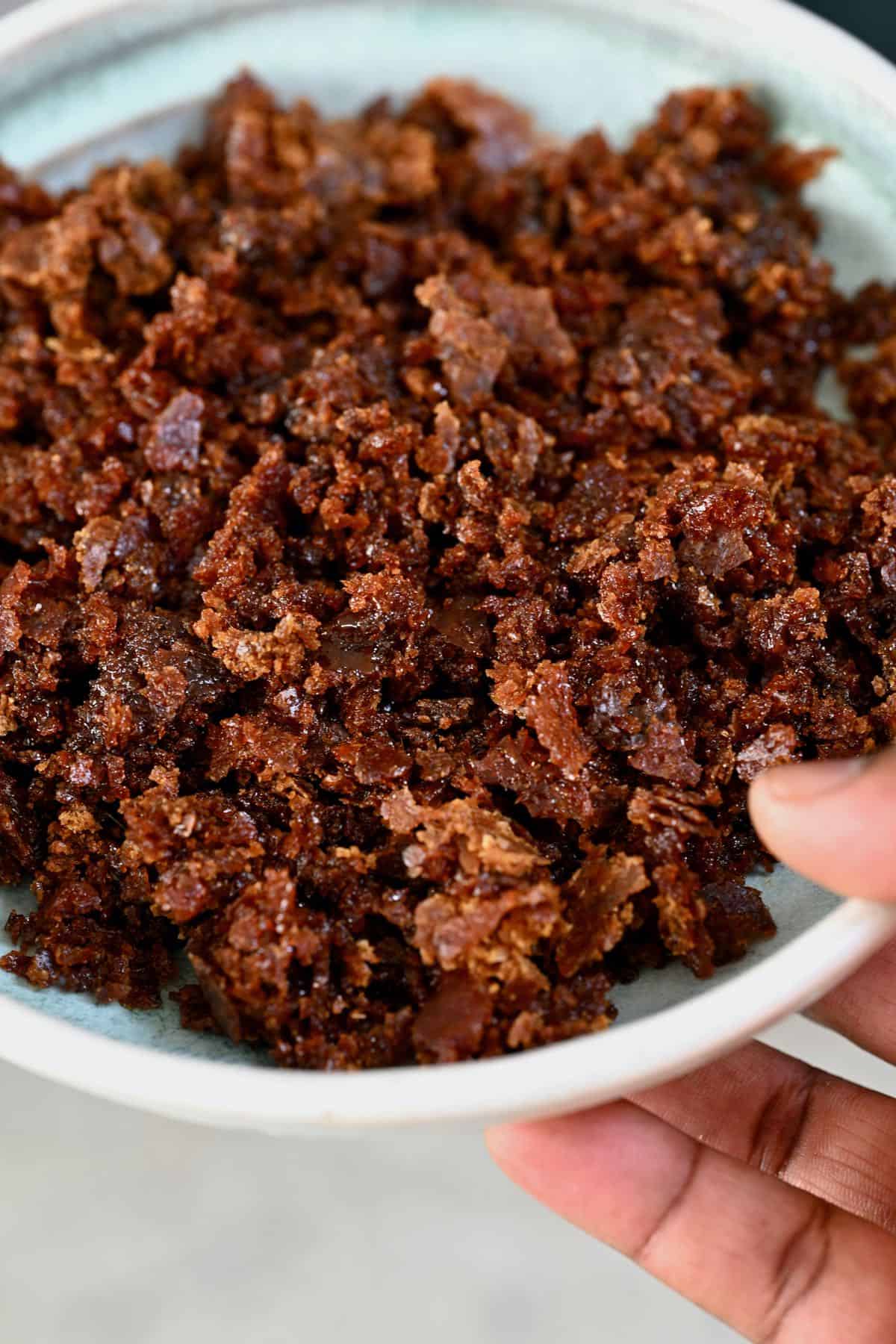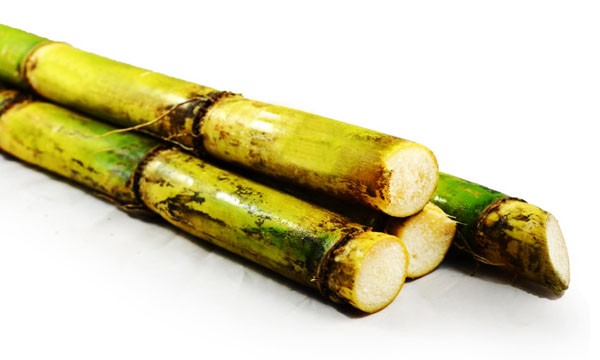Cane Sugar Processing: From Area to Table-- A Step-by-Step Guide
Cane Sugar Processing: From Area to Table-- A Step-by-Step Guide
Blog Article
Discovering the Comprehensive Tips Entailed in Walking Cane Sugar Handling From Gathering to Improvement
The process of walking cane sugar production includes a collection of complex actions, beginning with the mindful harvesting of sugarcane and culminating in the improvement stages that guarantee the final item meets sector requirements. Each phase, from the extraction of juice to the filtration and condensation processes, plays a critical role in determining the high quality and character of the sugar. Comprehending these phases not just highlights the complexity of sugar production yet also increases crucial inquiries about effectiveness, sustainability, and innovation in the market. What effects do these elements have for future techniques?
Harvesting Sugarcane
Harvesting sugarcane is a critical action in the cane sugar processing chain, as it straight affects the high quality and return of the end product. Proper timing and techniques are essential during this phase to guarantee ideal sugar web content and decrease losses. Generally, sugarcane is harvested when it reaches maturation, generally 12 to 18 months after growing, identified by a high sucrose focus.

Post-harvest, the sugarcane has to be refined swiftly to avoid sucrose deterioration. Preferably, collected walking stick must be transferred to refining facilities within 24-hour to maintain sugar top quality. Consequently, reliable logistical planning is important to maintain the honesty of the harvested crop throughout the supply chain.
Removal Refine

The crushed walking stick undergoes a collection of pushing procedures to make best use of juice recovery. Normally, warm water is sprayed onto the crushed walking stick, developing a countercurrent flow that helps dissolve the sugar while also aiding in the extraction process. The juice collected from this operation includes not only sugar but also various organic compounds and impurities.

To boost extraction performance, some facilities might utilize diffusion techniques, where the sugarcane is taken in hot water, enabling the soluble sugars to diffuse into the liquid. The resulting juice, abundant in sucrose, is then guided to subsequent processing phases, laying the foundation for purification and refinement. The extraction process is therefore essential in identifying the high quality and return of the last sugar product.
Purification Methods
The filtration methods used in walking cane sugar processing are crucial for changing the raw juice into a top notch sugar product. These approaches mostly aim to get rid of impurities, such as soil, plant materials, and not natural materials, which can negatively affect the end product's taste and shade.
One of the most common filtration methods is information. This process involves adding lime and warmth to the raw juice, which facilitates the coagulation of impurities. The resulting precipitate is after that gotten rid of via sedimentation or purification, producing a clearer juice. Furthermore, making use of phosphoric acid can boost the explanation process by further binding contaminations.
Another substantial method is carbonatation, where carbon dioxide is presented to the clarified juice. This response produces calcium carbonate, which records staying contaminations and promotes their elimination.
Moreover, activated carbon treatment might be put on adsorb any continuing to be colorants and natural impurities, guaranteeing an extra polished product. The mix of these methods properly prepares go to these guys the sugar juice for subsequent actions in the refining process, establishing the stage for the production of top quality walking stick sugar.
Formation Methods
After the purification stage, the next essential action in walking cane sugar handling involves condensation methods, which play a critical duty in changing the clarified juice right into solid sugar. This process normally uses two primary techniques: spontaneous condensation and regulated formation.
In spontaneous condensation, supersaturated sugar remedies are enabled to cool normally, leading to the development of sugar crystals over time. This method enables for the uniform development of sugar look at these guys crystals and greater pureness.
During crystallization, the clarified juice is focused via dissipation, raising its sugar web content up until it gets to supersaturation. Once this point is attained, either approach can assist in the condensation process. Cane Sugar Processing. The resultant sugar crystals are after that separated from the remaining syrup via centrifugation
Inevitably, the option of crystallization approach affects the quality, dimension, and purity of the last sugar item, making this action necessary in the general cane sugar handling procedure.
Improvement and Product Packaging
How can the pureness and high quality of cane sugar be additionally improved after formation? The refinement procedure plays a critical function in achieving high-quality walking cane sugar. Following formation, sugar goes through an extensive washing to eliminate impurities and recurring molasses. This is generally completed using cozy water or steam, which assists liquify and draw out undesirable elements while maintaining the sugar crystals.
Next, the sugar goes through a process called centrifugation, where it is spun at broadband to separate the detoxified sugar crystals from the remaining fluid. After centrifugation, the sugar is often further fine-tuned through a method called carbonization or phosphatation, which makes use of activated carbon or phosphoric acid to remove shade and off-flavors.
Once fine-tuned, the sugar is dried out to attain the preferred dampness content, making certain that it remains steady during storage space and transportation. The last action entails product packaging the refined sugar in moisture-proof and airtight containers to preserve its high quality and protect against contamination. Cane Sugar Processing. Correct packaging not only extends life span however likewise promotes very easy handling and distribution, ensuring that consumers get sugar that fulfills the highest possible criteria of purity and high quality
Final Thought
The thorough actions associated with cane sugar handling, from the meticulous harvesting of sugarcane to the complex refinement and product packaging stages, emphasize the importance of each phase in making sure high-quality sugar production. Ideal harvesting methods, efficient removal approaches, and extensive purification processes jointly add to the final item's pureness and stability. The crystallization and Read Full Article succeeding product packaging practices further boost the honesty and life span of the sugar, highlighting the intricacy and accuracy intrinsic in this necessary agricultural industry.
The procedure of walking stick sugar production incorporates a series of intricate actions, beginning with the careful harvesting of sugarcane and finishing in the refinement stages that make certain the final product fulfills market requirements. Ideally, collected walking stick ought to be transferred to processing centers within 24 hours to maintain sugar high quality.In spontaneous condensation, supersaturated sugar services are allowed to cool normally, leading to the development of sugar crystals over time - Cane Sugar Processing. The refinement procedure plays a critical function in achieving premium walking stick sugar.The thorough actions entailed in walking cane sugar handling, from the thorough harvesting of sugarcane to the detailed improvement and product packaging stages, highlight the value of each phase in making certain high-grade sugar production
Report this page